Most discoveries in history were realised from deliberate and calculated research which often took years of to come to life. However some world changing and era defining discoveries have come to be from lucky accidents, often times when the researcher or scientist is looking for something else.
Viagra, the ultimate cure for erectile dysfunction, was meant to be a heart medication while the worlds most popular cereal, corn flakes, was discovered from an experimentation gone wrong with wheat, and both have proven to be world changing innovations.
Below is the full list of 12 discoveries and innovations that happened completely by chance.
1. The microwave
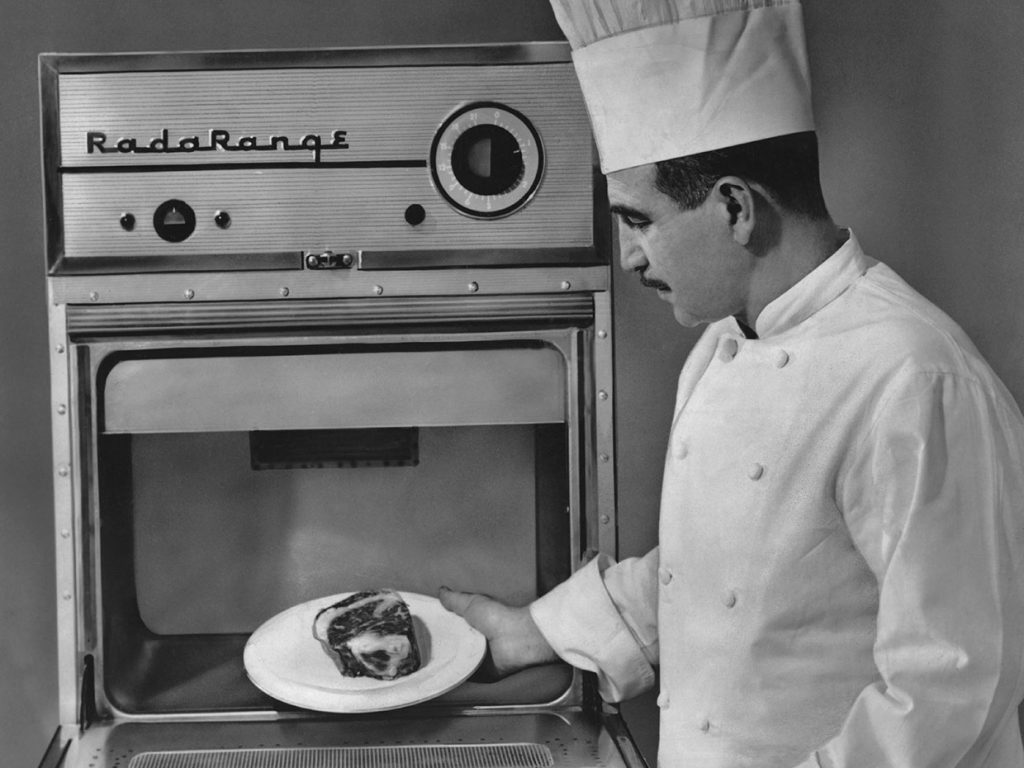
In 1946 Percy Spencer, a Raytheon Corporation engineer, while testing a new vacuum tube as part a radar-related project, discovered that a chocolate bar he had in his pocket melted more quickly than he would have expected. He became fascinated with the discovery and started experimenting by aiming the tube at other items, such as eggs and popcorn kernels. He eventually concluded that the heat the objects experienced was from the microwave energy.
Raytheon soon filed a patent for the first microwave on October 8, 1945. The first microwave weighed 750 pounds (340 kg) and stood 5′ 6″ (168 cm) tall. The first countertop microwave was introduced in 1965 and cost $500.
2. Super Glue

Harry Coover, Jr. first discovered the substance that would become Super Glue, during an experiment with clear plastic gun sights for use in World War II. While playing around with a class of chemicals called acrylates, he found that the formula he came up with was too sticky and abandoned the substance.
Harry Coover encountered the substance years later, in 1951, this time for use in a heat-resistant coating for jet cockpits. One day, his colleague Fred Joyner spread one of the acrylate compounds between two lenses to examine it with a refractometer. Contrary to his expectations, he the two lenses stuck together and could not be separated. This time around, Coover saw the promise in the sticky substance, and several years later it sticky substance became what we know today as Super Glue.
3. Corn Flakes
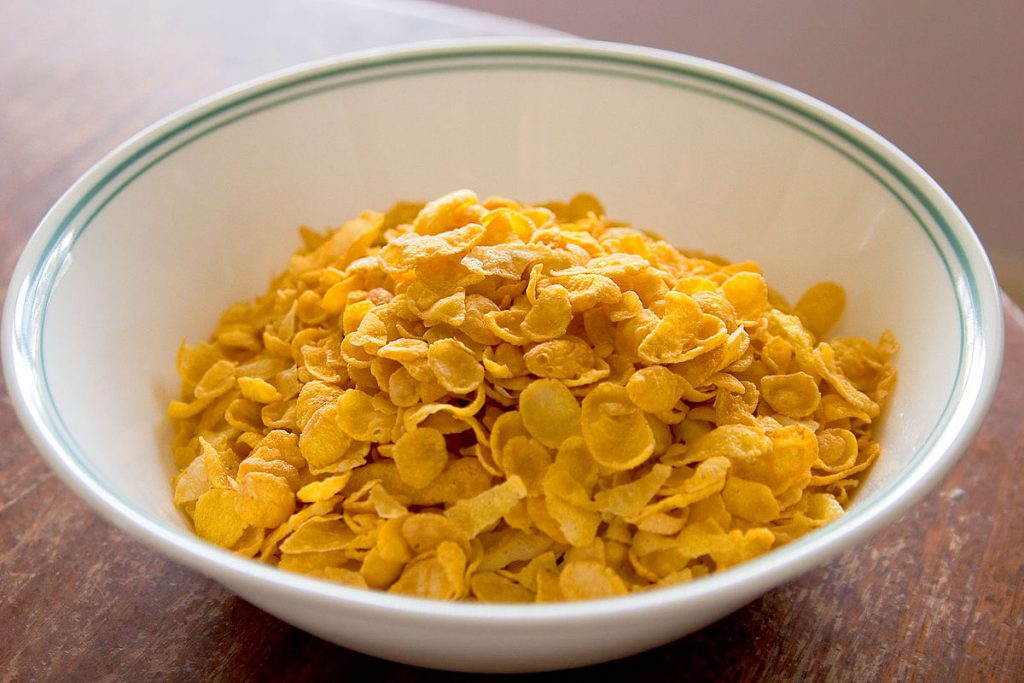
In 1894, John Kellogg, was the medical superintendent at Battle Creek Sanitarium, a health facility based on Seventh Day Adventist principles. John and his brother William, who also worked at the sanitarium, were trying to come up with a diet for the patients there. One fateful day, the brothers accidentally left wheat to boil for too long. When they took it off the stove and tried to roll it out into dough, the wheat separated into flakes. This brought up an idea for an experimentation on corn, using the same method. From that experiment the recipe for the crispy cereal was born.
4. Vaseline
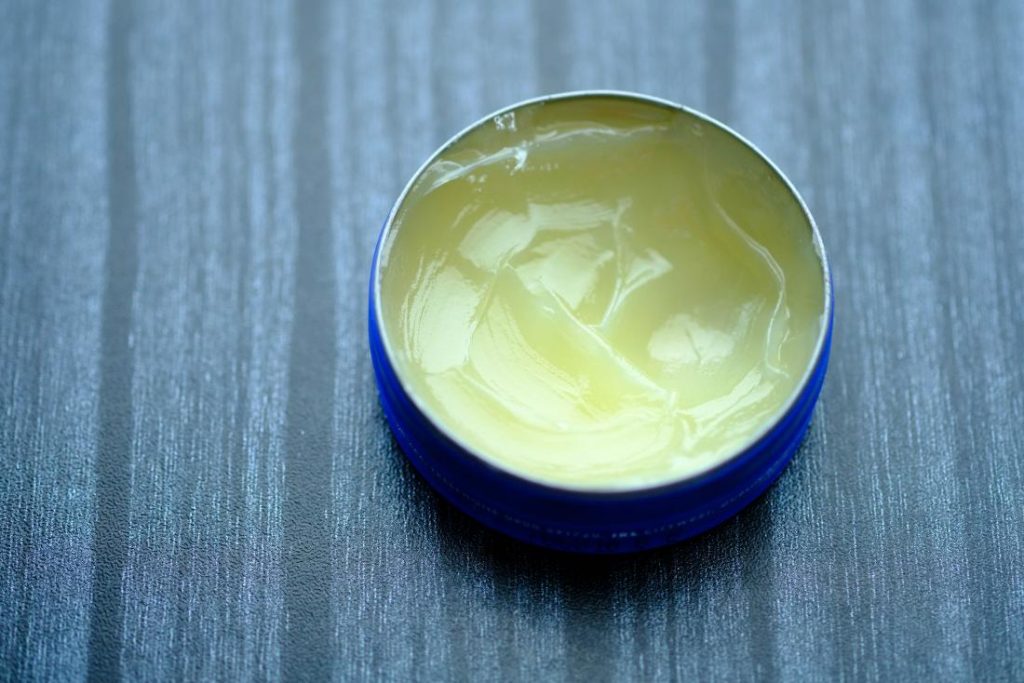
The substance that would become vaseline was discovered in 1859 by absolute chance. 22-year-old chemist Robert Chesebrough was investigating an oil well in Pennsylvania when rumours began to circle among the oil rig workers about a jelly-like substance known as “rod wax” that constantly got into the machines and caused them to malfunction. Chesebrough however also noticed that the workers used rod wax to soothe cuts and burns on their skin. He took the wax home for more experiment and his experiment created what we know today as petroleum jelly, or Vaseline.
5. Viagra
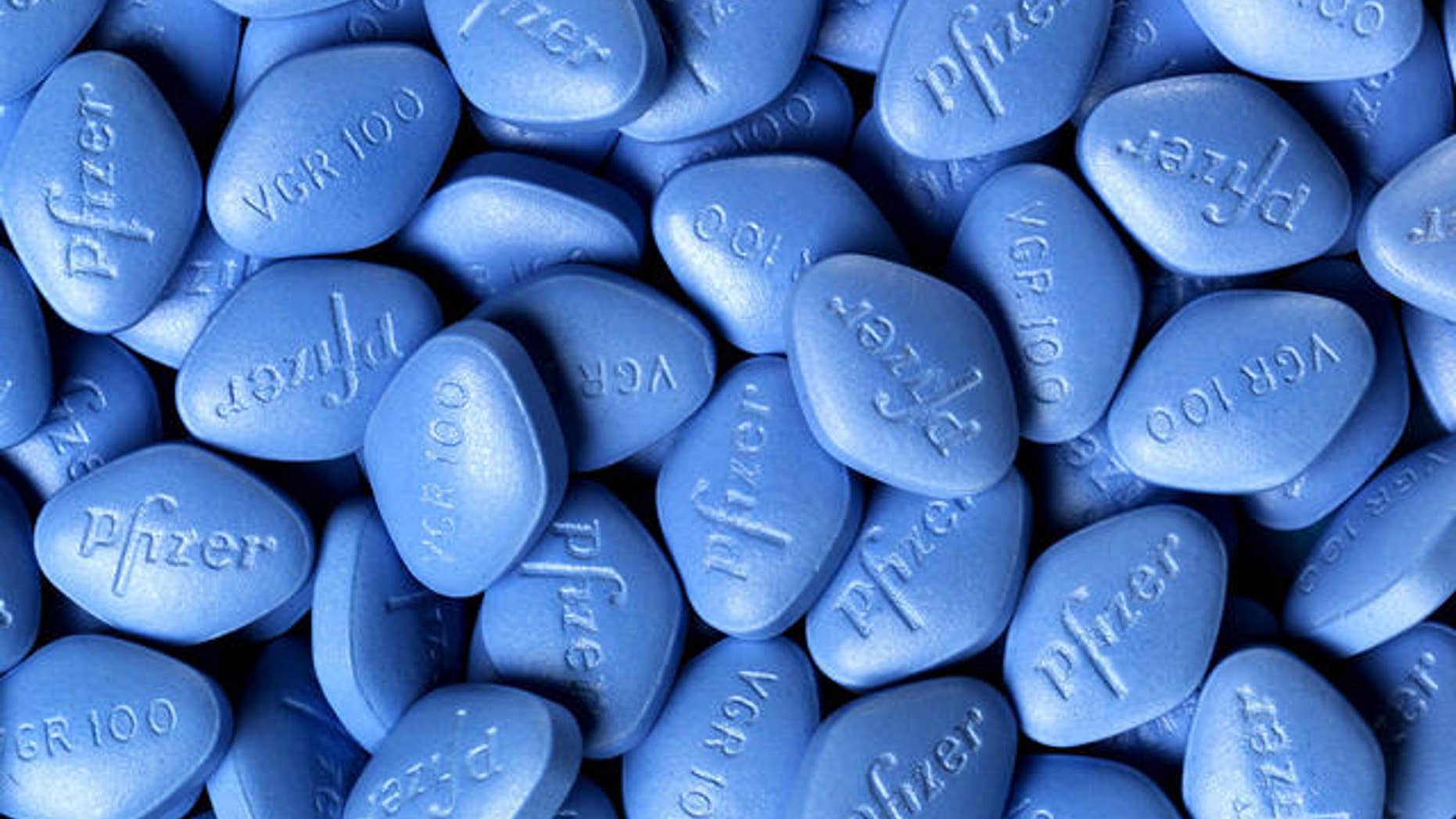
Viagra is the first and most popular treatment for erectile dysfunction, but its discovery was by total accident. Pfizer introduced the chemical Sildenafil, the active drug in Viagra, as a heart medication. The drug was however ineffective as a heart medication, but men noted that the medication seemed to cause another effect – stronger and longer-lasting erections. Even those who previously could not maintain an erection experience rapid improvements while they were on Viagra. Pfizer conducted clinical trials on 4,000 men with erectile dysfunction, and saw the same results, and Viagra as we know it today was invented.
6. Saccharin
Saccharin which is 400 times sweeter than sugar, was discovered in 1878 by Constantine Fahlberg, who was actually working an analysis of coal tar at the Johns Hopkins University lab of Ira Remsen. While having dinner after a day in the lab, he discovered everything he touched was sweet. He went back to the lab and started tasting compounds until he found the results of an experiment combining o-sulfobenzoic acid with phosphorus chloride and ammonia.
Fahlberg patented saccharin in 1884 and began mass production. The artificial sweetener became widespread when sugar was rationed during World War I. In 1907 diabetics started using the sweetener as a replacement for sugar and it was soon labelled as a noncaloric sweetener.
7. Quinine

The origins of the anti-malaria compound can be traced back to the tale a feverish Andean man lost in the jungle and suffering from malaria. Dehydrated, he drank from a pool of water at the base of a quina-quina tree. The water was extremely bitter so he feared it would make him sicker, but the opposite happened. His fever began to subside, and he was able to find his way home and share the story of the curative tree.
8. X-rays
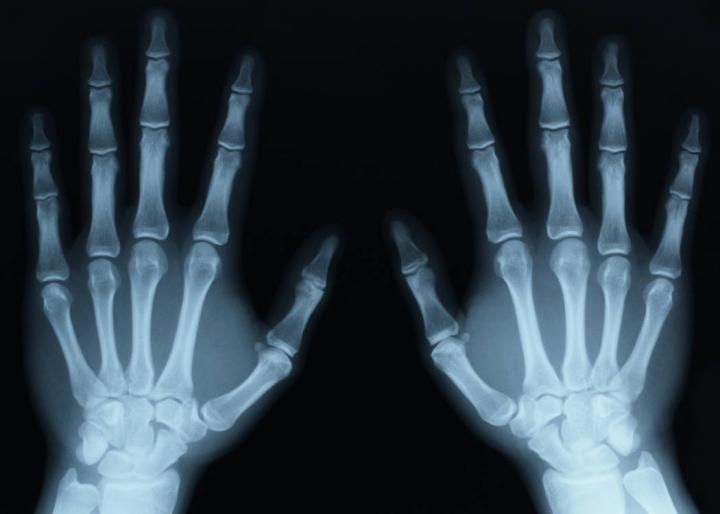
In 1895, a German physicist named Wilhelm Roentgen was working with a cathode ray tube. He discovered that despite the fact that the tube was covered, he saw that a nearby fluorescent screen would glow when the tube was on and the room was dark. Roentgen tried to block the rays, but most things that he placed in front of them didn’t seem to make a difference. When he placed his hand in front of the tube, he noticed he could see his bones in the image that was projected on the screen.
9. Modern Photography
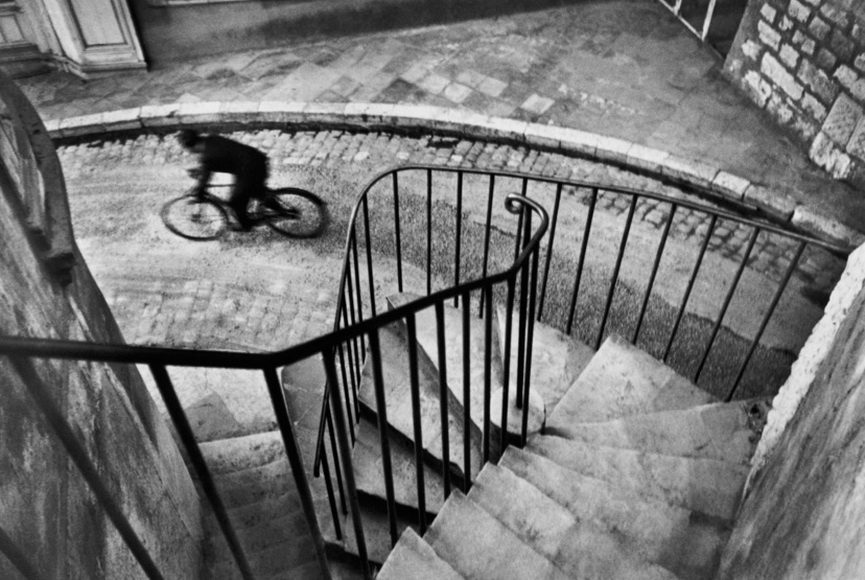
Modern photography was invented in 1838, L. J. M. Daguerre was attempting to ‘fix’ images onto a copper photographic plate. After adding a silver coating to the plate and exposing it to iodine vapour, he found that the photographic image was improved but still very weak. He decided to take a break after months investigations, so he placed a lightly exposed photographic plate in the cupboard in which laboratory chemicals such as alcohol and collodion were stored. Days later when he removed the image from the cupboard, he was surprised to see a strong image.
Daguerre concluded that one or more of the chemicals in the cupboard was responsible for intensifying the image. Weeks later, he systematically placed new photographic plates in the cupboard, removing one chemical each day. Surprisingly, good photographic images were created even after all chemicals had been removed. Daguerre then noticed that some mercury had spilled onto the cupboard shelf, which led him to a conclusion that the mercury vapour must have improved the photographic result. This discovery established the universal adoption of the silver-mercury process to develop photographs.
10. Blasting Gelatin

At the age of thirty, Alfred Nobel made the first of his major inventions: an innovative blasting cap, a device designed to control the nitroglycerine explosion. Nobel cut his finger on a piece of glass one day at work and subsequently applied collodion in order to form a protective layer over the wound (similar in principle to liquid bandage). As the pain kept him from sleeping, he started to think about a problem he was having back at work: Nobel was trying to create a powerful explosive using nitrocellulose and nitroglycerine, but the two would not combine. Nobel then realized that collodion could allow the two substances to combine, which led to the invention of blasting gelatin (as powerful as dynamite but much safer to handle)
11. Insulin

In 1889, two doctors at the University of Strasbourg, Oscar Minkowski and Josef von Mering, were trying to understand how the pancreas affected digestion. They removed the organ from a healthy dog, and few days later, they noticed that flies were swarming around the dog’s urine – something abnormal, and unexpected. The doctors decided to test the urine, their discovery led them to discover that the urine contained sugar. They realised that by removing the pancreas, they had given the dog diabetes.
Minkowski and von Mering never figured out what the pancreas produced that regulated blood sugar. However, between 1920 and 192 during a series of experiments, researchers at the University of Toronto were able to isolate a pancreatic secretion that they called insulin. Within a year, the pharmaceutical company Eli Lilly was making and selling insulin.
12. Penicillin
:max_bytes(150000):strip_icc()/penicillin-56a26f733df78cf77275aedb.jpg)
Penicillin was introduced in 1940’s, a period that saw the wide spread use of anti-biotics. However, its discovery dates back to 1928 when Sir Alexander Fleming, a professor of bacteriology, noticed mould had started to grow on his petri dishes of Staphylococcus bacteria colonies.While looking for the colonies he could salvage from those infected with the mould, he noticed that bacteria wasn’t growing around the mould. The mould actually turned out to be a rare strain of Penicillin notatum that secreted a substance that inhibited bacterial growth, hence, the discovery of penicillin.






